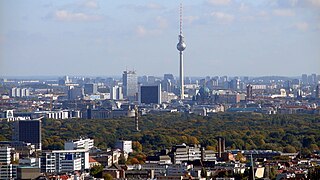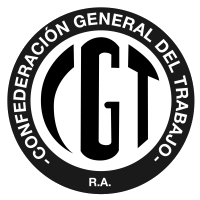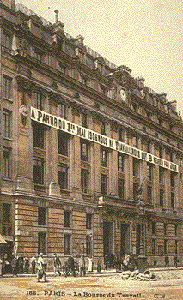Founding

ISNTUC was founded in Copenhagen, Denmark, on August 21, 1901. Founding members of the new International Secretariat were the German, French, British, Belgian, Swedish, Danish, Norwegian and Finnish trade union centres. Together the founding organizations had a combined membership of 1 168 000. [1]

Copenhagen is the capital and most populous city of Denmark. As of July 2018, the city has a population of 777,218. It forms the core of the wider urban area of Copenhagen and the Copenhagen metropolitan area. Copenhagen is situated on the eastern coast of the island of Zealand; another small portion of the city is located on Amager, and is separated from Malmö, Sweden, by the strait of Øresund. The Øresund Bridge connects the two cities by rail and road.

Denmark, officially the Kingdom of Denmark, is a Nordic country and the southernmost of the Scandinavian nations. Denmark lies southwest of Sweden and south of Norway, and is bordered to the south by Germany. The Kingdom of Denmark also comprises two autonomous constituent countries in the North Atlantic Ocean: the Faroe Islands and Greenland. Denmark proper consists of a peninsula, Jutland, and an archipelago of 443 named islands, with the largest being Zealand, Funen and the North Jutlandic Island. The islands are characterised by flat, arable land and sandy coasts, low elevation and a temperate climate. Denmark has a total area of 42,924 km2 (16,573 sq mi), land area of 42,394 km2 (16,368 sq mi), and the total area including Greenland and the Faroe Islands is 2,210,579 km2 (853,509 sq mi), and a population of 5.8 million.
The idea to build an international trade union structure had been a proposal of the Danish union president Jens Jensen. In 1900 the British General Federation of Trade Unions leader Isaac Mitchell supported the idea, whilst the leader of the German Generalkommission der Gewerkschaften Deutschlands (which had one million members at the time) Carl Legien pledged to provide financial and administrative support to the new international organization. [1]
LO, The Danish Confederation of Trade Unions was founded in 1898 and is an umbrella organisation for 18 Danish trade unions.

Jens Jensen (1859–1928) was a Danish trade unionist and Social Democratic politician. Jensen was a painter by profession. In 1879 he moved to Copenhagen. In 1883 he became the president of the Painters' Trade Union, and in 1898 he was one of the main founders of the United Trade Unions. Jensen was elected president of the union federation. During his tenure Jensen took the initiative to the first international trade union coordination, the International Secretariat of National Trade Union Centres.

The General Federation of Trade Unions (GFTU) is a national trade union centre in the United Kingdom. It has 35 affiliates with a membership of just over 214,000 and describes itself as the "federation for specialist unions".
Parallel to the ISNTUC were various International Trade Secretariats, most of them based in Germany and, like the ISNTUC, dependent on support from the German unions. [2]
In 1903 Legien became Secretary of ISNTUC and the headquarters of the organization was moved to Berlin. [3]

Berlin is the capital and largest city of Germany by both area and population. Its 3,748,148 (2018) inhabitants make it the second most populous city proper of the European Union after London. The city is one of Germany's 16 federal states. It is surrounded by the state of Brandenburg, and contiguous with its capital, Potsdam. The two cities are at the center of the Berlin-Brandenburg capital region, which is, with about six million inhabitants and an area of more than 30,000 km², Germany's third-largest metropolitan region after the Rhine-Ruhr and Rhine-Main regions.









